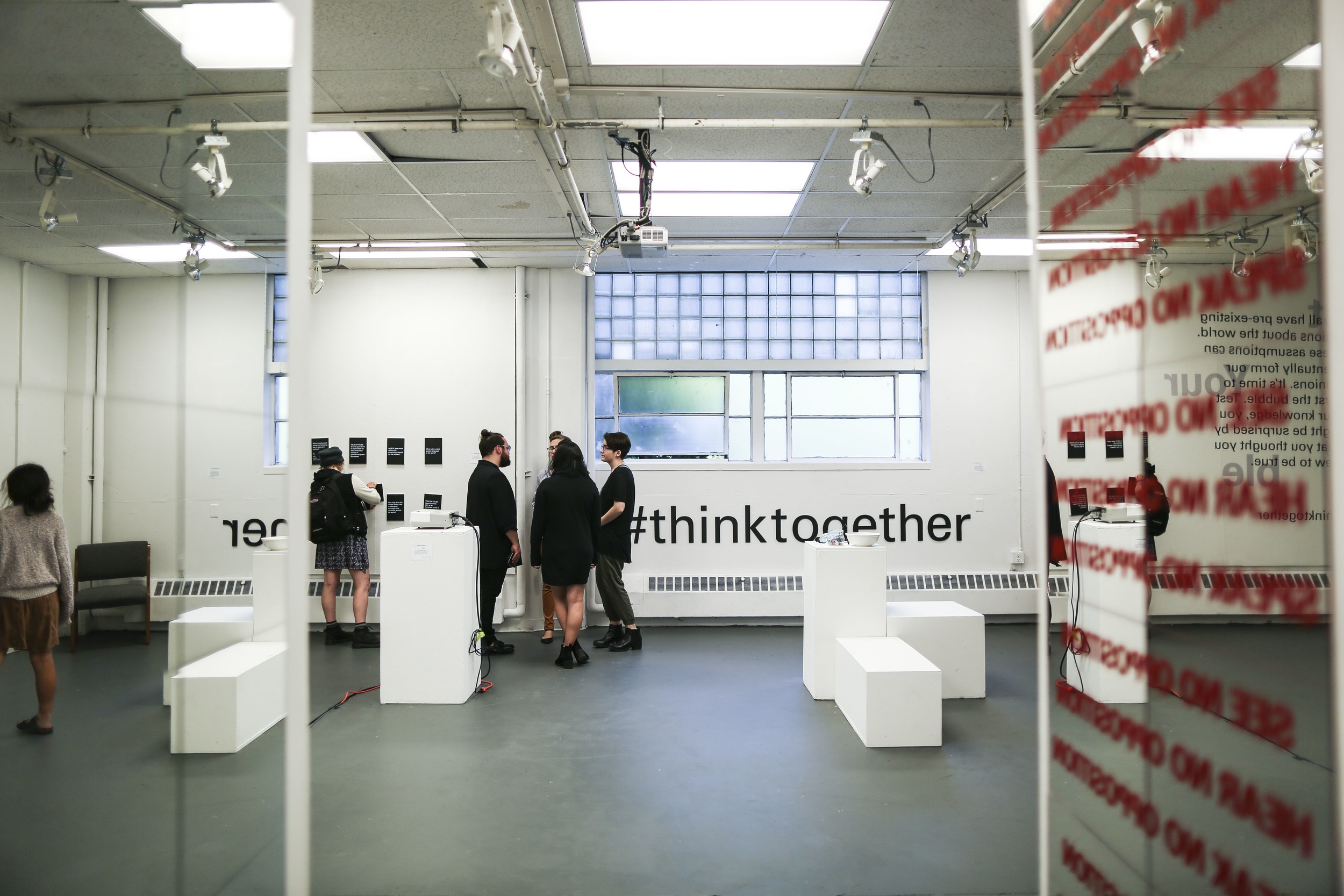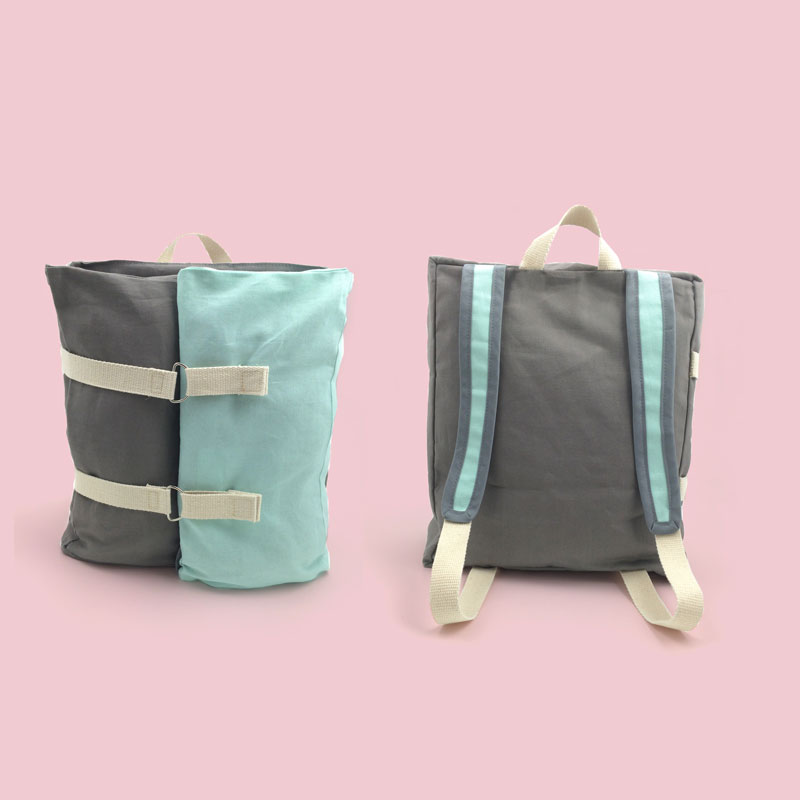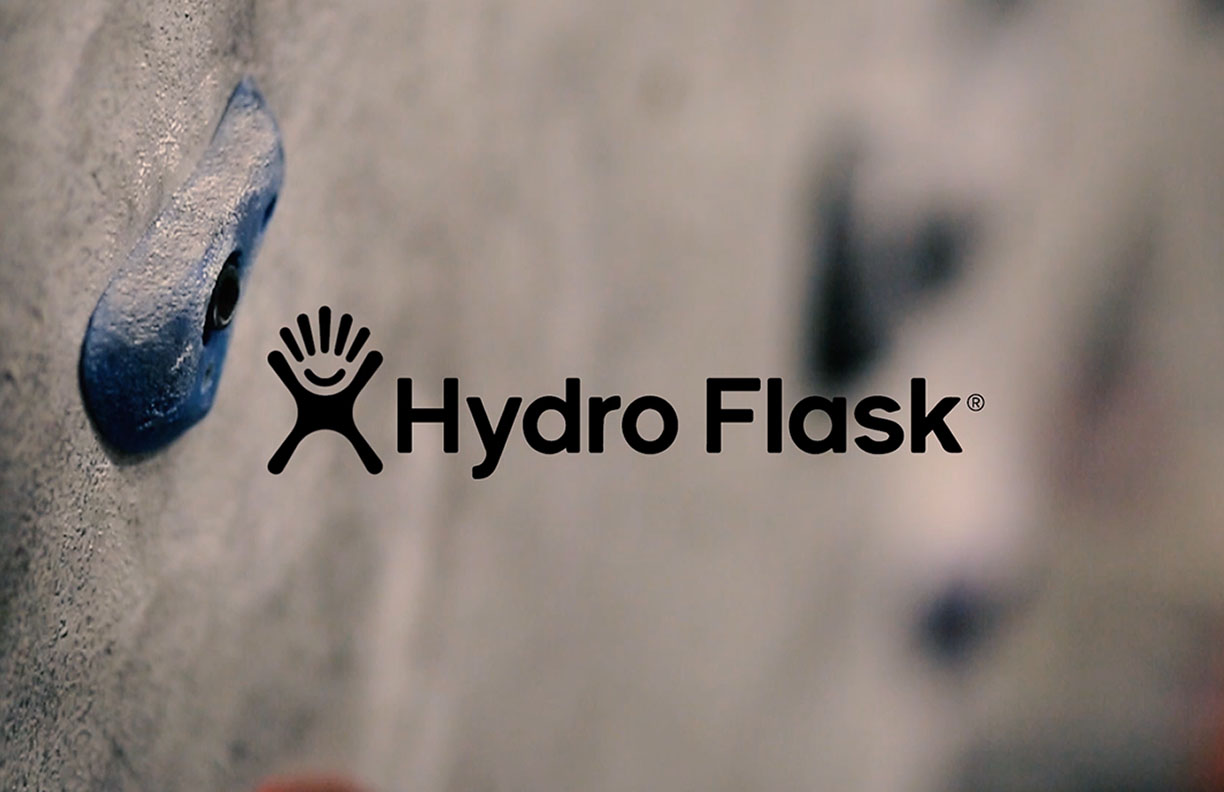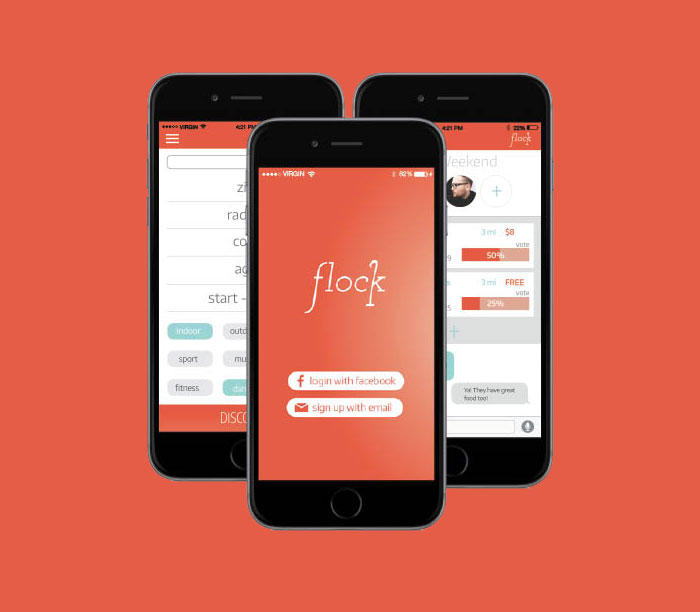A BORED BRAIN IS A DISTRACTED BRAIN
Our brains need stimulation to stay engaged in any situation. A lack of stimulation from our environment can cause our brains to become distracted and look for other ways to occupy our thoughts. The brain of a child with Attention Deficit Hyperactivity Disorder (ADHD) needs more stimulation than the average brain in order to stay attentive.
SOME OF US JUST THINK DIFFERENTLY
Studies comparing brain activity of ADHD children next to non-ADHD children, show a fundamental difference in brain activity. While completing the same tasks, the child with ADHD has less activity occurring in the frontal lobe (the part of the brain associated with attention) instead, these children are solving problems and completing tasks while using alternative brain regions. These studies make it apparent that children with ADHD interpret and cope with their environment differently than others and therefore their learning environment should accommodate this fact.
EVERY CLASSROOM IS AFFECTED
In 2011, The Center for Disease Control collected data that reveals %11 of children ages 4-17 have been diagnosed with ADHD. With class sizes in the U.S. averaging 16 students, chances are, every U.S. class will have at least 1 student diagnosed with ADHD. Ask any teacher and they will tell you that disruption from one student can pull a whole class off task.
KINETIC TOOLS
In an attempt to add more stimulation into their own environment, children with ADHD will often turn to tactile experiences such kicking the legs of their chair or playing with items in their desk. By putting an object in their hands that is approved to fiddle with, the unwanted and disruptive behavior is replaced by something more subtle that still engages their brain and allows the child to be attentive and learn. Allowing a child to fidget in class is not a new practice. Many teachers already use this technique in their classrooms today. The tools available however are limited. Many toys can be used as a fidget device but very few are designed specifically for the task. The wrong object can quickly become a distraction instead of a useful tool. While designing Fidgets, I kept five rules in mind.
I designed four initial "fidgets" that are quiet, discrete, don't encourage play, are one piece, and comfortably fit in the palm of an elementary school child.
Simplicity is key
I utilized 3D printing to create a working model that I then tested in a 2nd grade classroom. The teacher reported that the project both fascinated her students as well as aided those who have difficulty paying attention. Implementing the prototype was a success.















